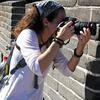For many throughout the world, New Years has already come and gone – but not in Korea. Here the celebrations are just about to kick off and unlike the West, the festivities last for more than just 24 hours.
In Korea, New Years isn’t celebrated January 1st as it is in Western countries. That’s because Korea and many other Asian cultures (China, Mongolia, Tibet, Vietnam, etc.) celebrate the New Year of the Lunar Calendar rather than the Gregorian Calendar.
Each country has their own name and traditions for the Lunar New Year. In Korea it’s called Seollal (so-lal) and it’s one of the most important holidays for the country.
The day is observed on the second new moon after the beginning of winter solstice. This year (2014) the holiday falls on January 31st, but it’s always celebrated for a period of three days, including the day before and the day after.
During this time, school and work are closed while masses of people in the cities travel to smaller towns throughout the region to be with their families, or head to the East Sea (Sea of Japan) to watch the first sunrise of the New Year at one of the many held sunrise festivals. This consequently makes it one of the most busy and expensive times to travel in Korea.
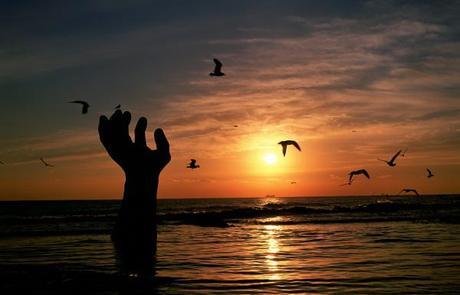
Homigot Sunrise Festival/Photo credit: http://www.worknplay.co.kr
Children wear the traditional Korean Hanbok clothing and bow to their grandparents and elders — a custom practiced during Chuseok (Korean Thanksgiving) as well — receiving some money as a gift in return.
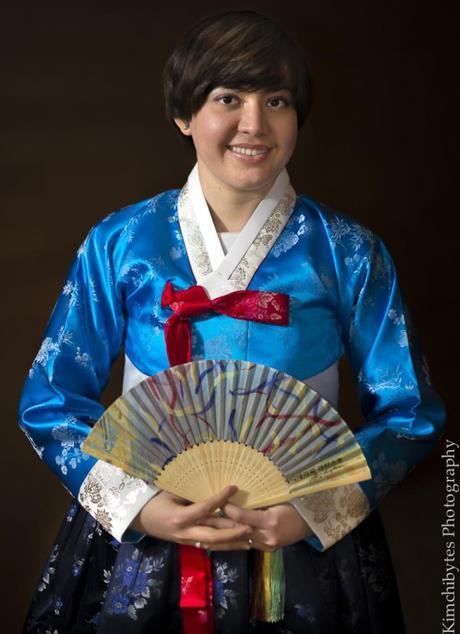
Traditional Hanbok clothing/Photo credit: Brent Sheffield of http://www.kimchibytes.com
Like many Korean holidays, the focus of the celebrations are to honor ancestors, so families will perform memorial ceremonies, called Charye, by saying prayers and making traditional food.
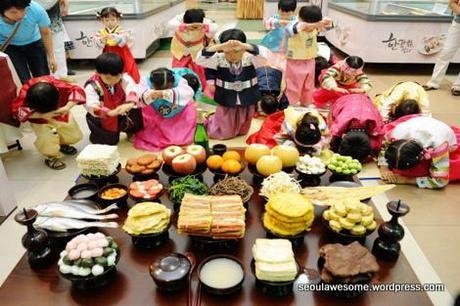
Charye Memorial Serice/Photo credit: http://www.seoulawesome.wordpress.com
The most common dish associated with Seollal is Tteokguk – a broth-like soup with race cakes and seasoning.
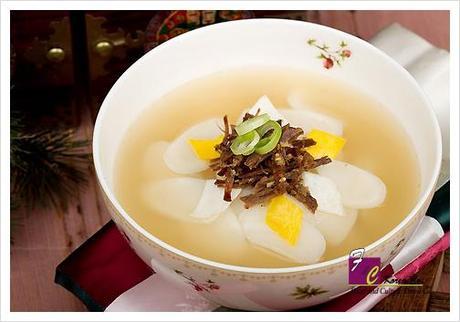
Tteokguk/Photo: http://ellacino.blogspot.kr/
The kids play folk games, the most popular of which is Yut Nori, a board game played with sticks and scored on a number point system (sorry kiddies, no League of Legends today).
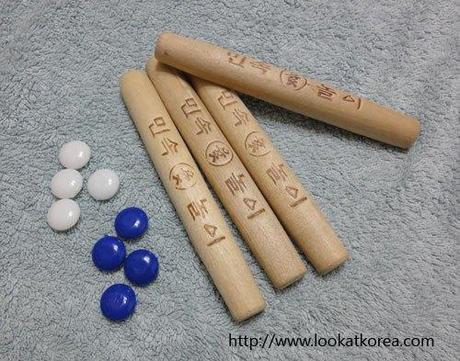
Pieces to play Yuk Nori/Photo credit: http://lookatkorea.com/
If you’re a foreigner like myself, you can find various cultural performances and presentations around Seoul. Visiting palaces and folk villages are also a good idea since these venues are open during this time and can provide a wonderful contextual insight into Korea’s rich culture and history.
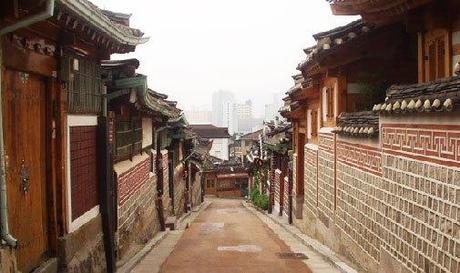
Bukchon Hanok Village/Photo credit: http://jaehoonj.wordpress.com/
But if you really want to authentically experience the holiday, hook up with the locals – either a Korean friend of co-worker of yours – and spend a day with them and their family. There’s really no better way to find out what Seollal is all about.
Inviting one’s self is never polite, but just mention that you’ll be spending the holiday alone or are really curious to partake in the holiday’s festivities. Koreans are very welcoming and proud of their heritage, so odds are they’ll invite you and probably even insist that you come.
Just remember to bring a small gift as a token of your gratitude. This isn’t like gift-giving in the states, meaning you won’t have to break the bank. A nice box of fresh mandarins or oranges will do the trick, especially since they’re cheap (you can get about 20 for 5,000 won on a street market) and are also common hospitality gifts just in general in Korea.
Happy Year of the Horse!
0.000000 0.000000